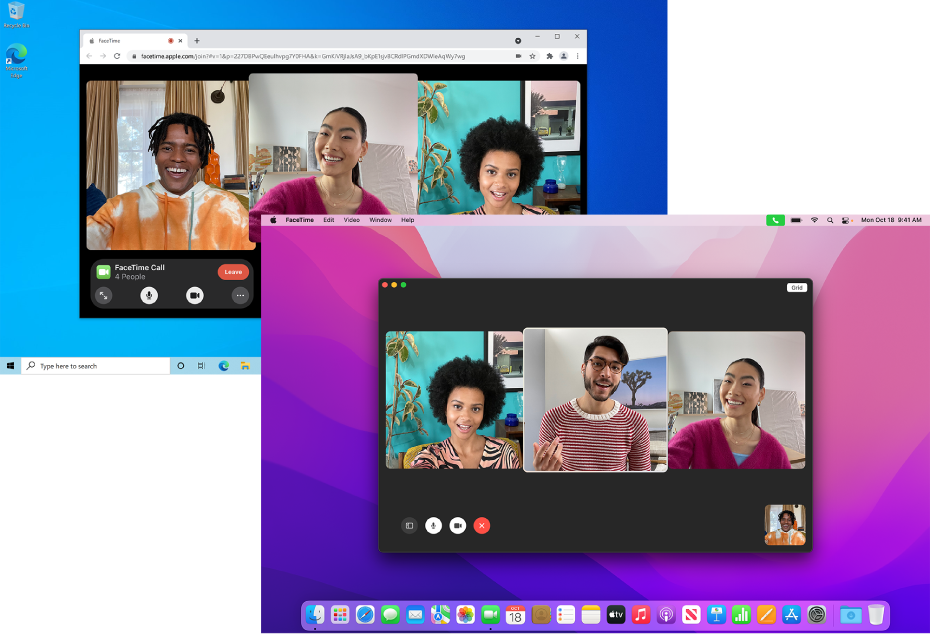

- #MAC USER GUIDE VIDEOS HOW TO#
- #MAC USER GUIDE VIDEOS CODE#
- #MAC USER GUIDE VIDEOS FREE#
- #MAC USER GUIDE VIDEOS MAC#
#MAC USER GUIDE VIDEOS HOW TO#
This does not show how to create a report with data. This video shows how to retrieve data in context. Four minutes.ĪTLAS.ti 8 Windows-Retrieving Coded Data. Codes can be assigned colors, and grouped together, in order to represent commonalities (e.g, themes and categories). In this video tutorial we show how to color and group codes.

Five minutes.ĪTLAS.ti 8 Windows-Coloring and Grouping the Codes. These codes are created in a top-down manner. This video shows how to create a set of codes that do not emerge from reading the documents. Nine minutes.ĪTLAS.ti 8 Windows-Creating a List of Codes. In the case of video documents, it also shows how to create a snapshot of a video frame for in-depth coding. It shows how to zoom in and speed up and slow down the playback rate.
#MAC USER GUIDE VIDEOS CODE#
This video shows how to code audio and video documents using the Open Coding and List Coding procedures. Five minutes.ĪTLAS.ti 8 Windows-Coding Audio and Video Documents. This video shows the process of coding photographs using the Open Coding and List Coding procedures. Nine minutes.ĪTLAS.ti 8 Windows-Coding Graphic Documents. It shows coding with codes that emerge from the text (Open Coding), codes named with the selected text segment (In Vivo Coding), and codes already created and stored in a list (List Coding). This video shows how to code text documents. Nine minutes.ĪTLAS.ti 8 Windows-Coding Text Documents. A quotation is an independent object in the sense that it may or may not be coded.
#MAC USER GUIDE VIDEOS FREE#
This process is also known as 'creating free quotations.' Quotations in ATLAS.ti represent the raw data, the segment from the document that calls the researcher's attention. This video shows how to create quotations without coding them. Five minutes and 40 seconds.ĪTLAS.ti 8 Windows-Creating Quotations. This video tutorial explains document groups and shows how to create them. Four minutes and 35 seconds.ĪTLAS.ti 8 Windows-Grouping the Project Documents. It also shows how to create an output with the document names and their comments, which can be used as a report appendix. This video tutorial describes and explains the process of writing comments on the project documents. One minute.ĪTLAS.ti 8 Windows-Commenting the Project Documents. This video tutorial shows how to add to the project the documents to be analyzed. One minute 16 seconds.ĪTLAS.ti 8 Windows-Adding Documents to the Project. In this short video we explain how to transfer projects from ATLAS.ti 7 to ATLAS.ti 8. Two minutes.ĪTLAS.ti 8 Windows-Transferring a Project from ATLAS.ti 7 to ATLAS.ti 8. Additionally, projects should be exported to transfer them between computers. We recommend exporting the project at the end of each work session with the purpose of backing up the file. In this video tutorial we show how to export the project. One minute and 12 seconds.ĪTLAS.ti 8 Windows-Exporting the Project. This video tutorial teaches how to create a new project. 10 minutes.ĪTLAS.ti 8 Windows-Creating a New Project. This video tutorial introduces the interface of ATLAS.ti 8 Windows. One-hour overview of ATLAS.ti 8 Windows presented as a webinar.ĪTLAS.ti 8 Windows-Interface Overview.
#MAC USER GUIDE VIDEOS MAC#
The McGRATH™ MAC video laryngoscope is proven to improve first time success rate, 1,2 reduce time, (,) and lessen hemodynamic response to intubation (,) when compared to the traditional direct visualization 8 Windows English ATLAS.ti 8 Windows-Overview Webinar. 3 The guidelines recommend that airway management clinicians take precautions to further protect against droplet-borne pathogens. 3 Recent guidelines highlight the risks of contracting COVID-19 among those caring for infected patients. Research also shows that video laryngoscopy can help prevent clinician exposure to droplet-borne pathogens and further improve your safety. Video laryngoscopy used in the operating room supports first-attempt success of airway intubation. Optimizes first-attempt success when compared to direct laryngoscopy, (,), (,) while helping minimize exposure to support your safety, too.


 0 kommentar(er)
0 kommentar(er)
